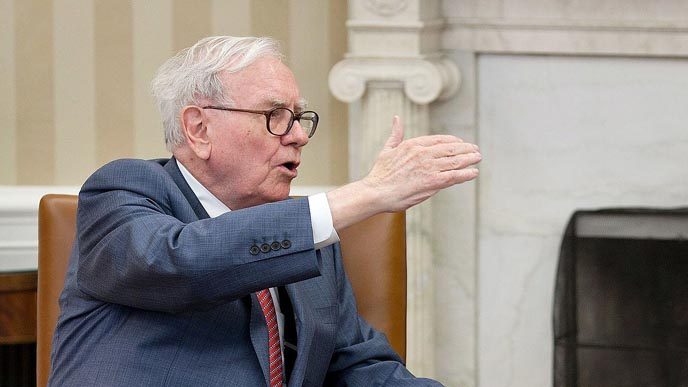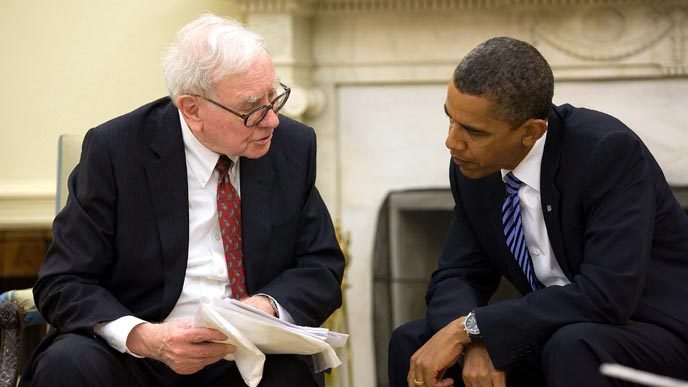It’s obvious enough to anyone watching that Warren Buffett has been remarkably successful at what he does. Berkshire Hathaway is worth unfathomable amounts of money, following a strategy that was largely seen as unconventional at the time. While everyone else was frantically trading one stock for another, Buffett sat back, bought, and held. And this strategy has paid off in spades.
I came across a story online some time back. And as with all other stories you read online, you should certainly take this one with a grain of salt as it may or may not have actually happened, let alone be completely truthful. Even so, the lesson gleaned at the end is far more valuable than the actual details of the story itself and it’s a lesson you should take to heart no matter what professional endeavor your pursue.
Up, Up, and Away
As the tale goes, Warren Buffettr was flying somewhere, likely to attend a business meeting of some sort. He was quietly relaxing in his seat when the plane reached cruising altitude. The pilot (or it may have been the copilot) emerged from the flight deck, anxious for an opportunity to meet with the famed investor and business magnate. When else would he have a chance to shake hands with a guy with a net worth north of $70 billion?
The pilot asked how he is able to narrow down his focus so much when there are so many areas of interest and so many opportunities available to him? Remember that Warren Buffett’s money-making strategy is to zero in on a very small number of companies and then go “all in” with these investments. He’s not one to hedge his bets, so to speak.
Warren Buffett responded with a couple of simple tasks that the pilot could do.

Make a List, Check It Twice
The first step is to take out a sheet of paper and write down the top 25 things you want to do or accomplish. It’s helpful to do this on an actual piece of paper rather than on a mobile device or on your computer, because it’s much more visual that way and your brain will absorb the information in a slightly different way.
The things you want to do or accomplish should encompass not only your professional life, but also your personal life and your personal goals. Maybe you want to run a marathon or you want to travel to Japan. Maybe you want to write a book or you want to grow your Instagram following. It’s up to you.
Now, after you’ve compiled your list of 25 items, circle the five items that are most important to you. What are your top five priorities? In effect, you’ve now created two lists: one with five items and one with 20 items.
Don’t Get Ahead of Me
The pilot did exactly as Warren Buffett instructed and said, “Ah, I think I understand where you’re going with this. I should devote the majority of my time, energy and attention on the five items I circled. Then, I should only dabble in the other 20 items now and then, when I have a little bit of spare time.”
“Wrong,” said Buffett.
“The other 20 items now comprise your ‘Avoid at All Costs’ list. These tasks or goals need to be completely avoided, because they have enough of a pull on your consciousness to distract you from the five items you should really be working on. Put everything you’ve got into those five things and, no matter what you do, don’t touch anything on your list of 20 items.”

Beyond the Pareto Principle
It’s no accident that this 5-to-20 ratio works out exactly to the 80/20 Pareto principle. And if you really do follow this advice from Buffett, whether or not it is actually real, then you can step up to the 100/0 rule instead. It’s much more powerful and it’s the only way that you’re going to achieve great things.
Are you distracting yourself with 20+ other things? It’s not that those opportunities aren’t worth exploring and it’s not that they don’t have the potential to lead you to great success. The problem is that they’re not as important and not as potent for you than your top five. Intense focus is the first key to success.
